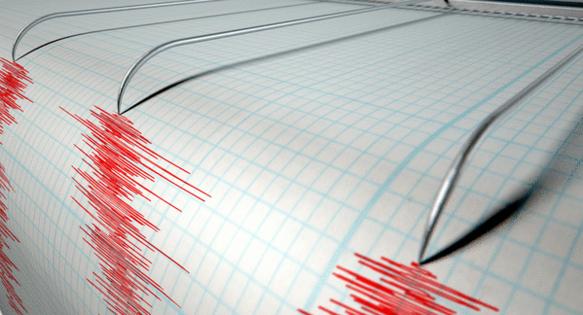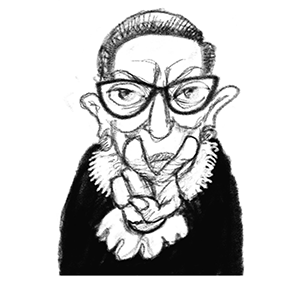Swarm of early-morning quakes rattles Los Angeles, seismologists say
Published in News & Features
LOS ANGELES — A swarm of early-morning earthquakes felt by hundreds of people shook the Los Angeles area, the U.S. Geological Survey reported.
Two 3.5-magnitude quakes struck within minutes of each other near Ontario just after 1 a.m. Pacific time Wednesday, according to the USGS. Ontario is about a 35-mile drive east from Los Angeles.
More than 1,100 people from as far away as San Diego and Temecula reported feeling the first quake at 1:02 a.m., while more than 550 people reported feeling the second at 1:14 a.m., seismologists said.
At 2 a.m., a 3.7-magnitude quake rattled the Lytle Creek area, which is about a 25-mile drive northeast from Ontario, the agency said. About 600 people reported feeling that tremor.
A 2.5-magnitude quake shook the same area at about 5:25 a.m., seismologists said.
“Ewwww it’s so eerie how you can hear an earthquake before you feel it,” read one comment on X, formerly known as Twitter.
“I ain’t laughing any more,” read another post on X.
“Just felt another earthquake back to back in California inland empire,” someone else posted.
“Okay too many earthquakes, pls stop,” read a post.
What to know about earthquakes
Magnitude measures the energy released at the source of the earthquake, the U.S. Geological Survey says. It replaces the old Richter scale.
Quakes between 2.5 and 5.4 magnitude are often felt but rarely cause much damage, according to Michigan Tech. Quakes below 2.5 magnitude are seldom felt by most people.
Earthquakes’ sudden, rapid shaking can cause fires, tsunamis, landslides or avalanches. They can happen anywhere, but they’re most common in Alaska, California, Hawaii, Oregon, Puerto Rico and Washington, according to the Department of Homeland Security.
If an earthquake strikes, it’s best to protect yourself right away. Here are tips from experts:
•If you’re in a car: Pull over and stop. Set your parking brake.
•If you’re in bed: Turn face-down and cover your head with a pillow.
•If you’re outdoors: Stay away from buildings. Don’t go inside.
•If you’re inside: Stay and don’t run outdoors. Stay away from doorways.
The best way to protect yourself during an earthquake is to drop, cover and hold on, officials say.
“Wherever you are, drop down to your hands and knees and hold onto something sturdy,” officials say. “If you’re using a wheelchair or walker with a seat, make sure your wheels are locked and remain seated until the shaking stops.”
Be sure to cover your head and neck with your arms, and crawl under a sturdy table if possible. If no shelter is available, crawl to an interior wall away from windows.
Once under a table, officials say you should hold on with one hand and be ready to move with it.
“There can be serious hazards after an earthquake, such as damage to the building, leaking gas and water lines, or downed power lines,” officials say. “Expect aftershocks to follow the main shock of an earthquake. Be ready to Drop, Cover, and Hold On if you feel an aftershock.”
____
©2025 The Sacramento Bee. Visit at sacbee.com. Distributed by Tribune Content Agency, LLC.







Comments